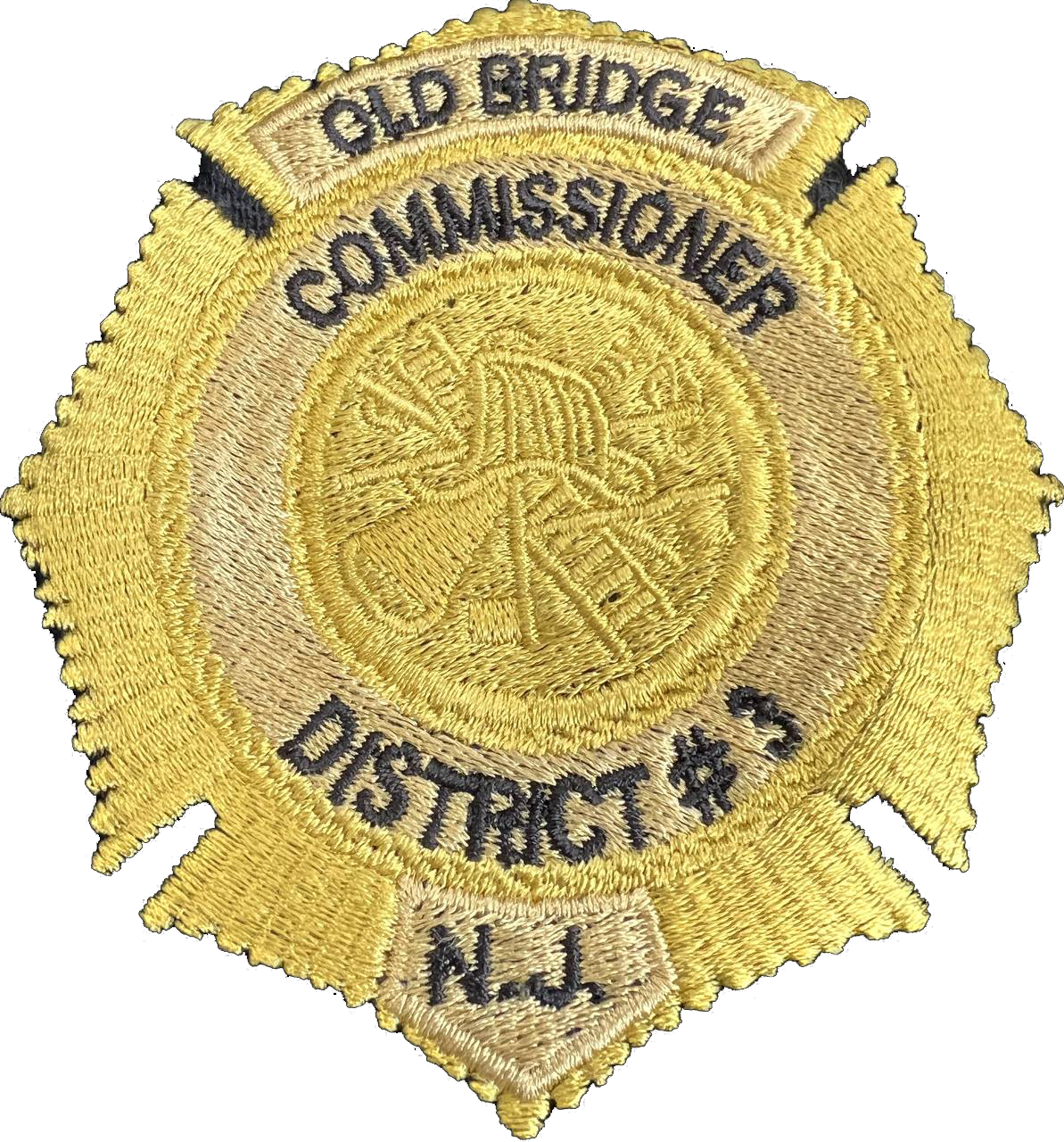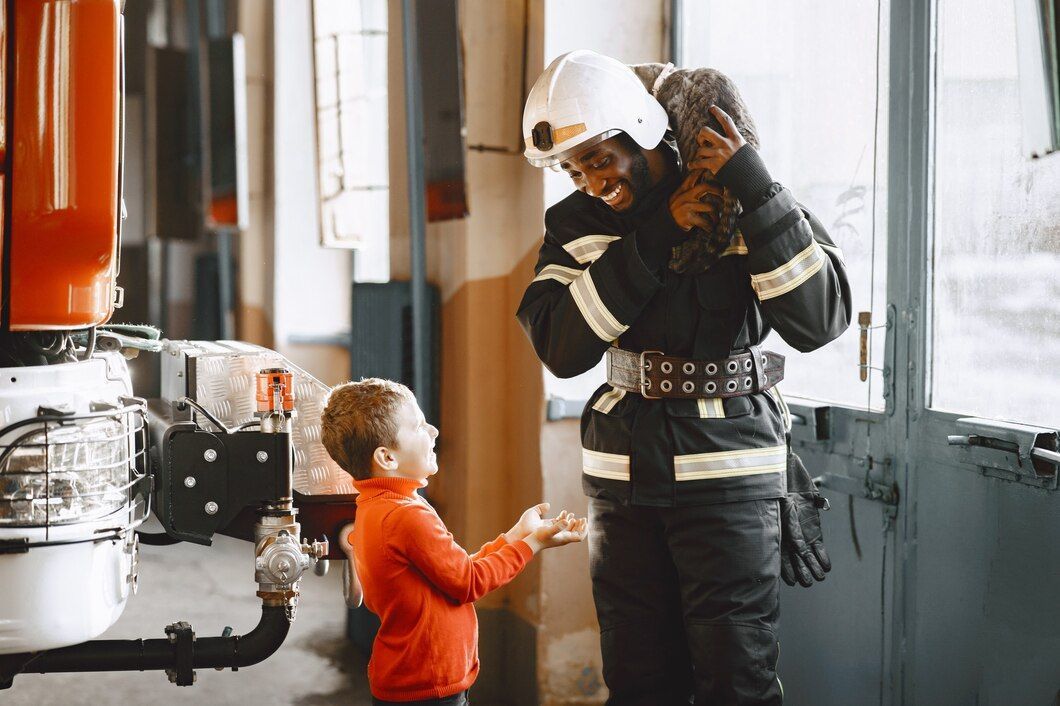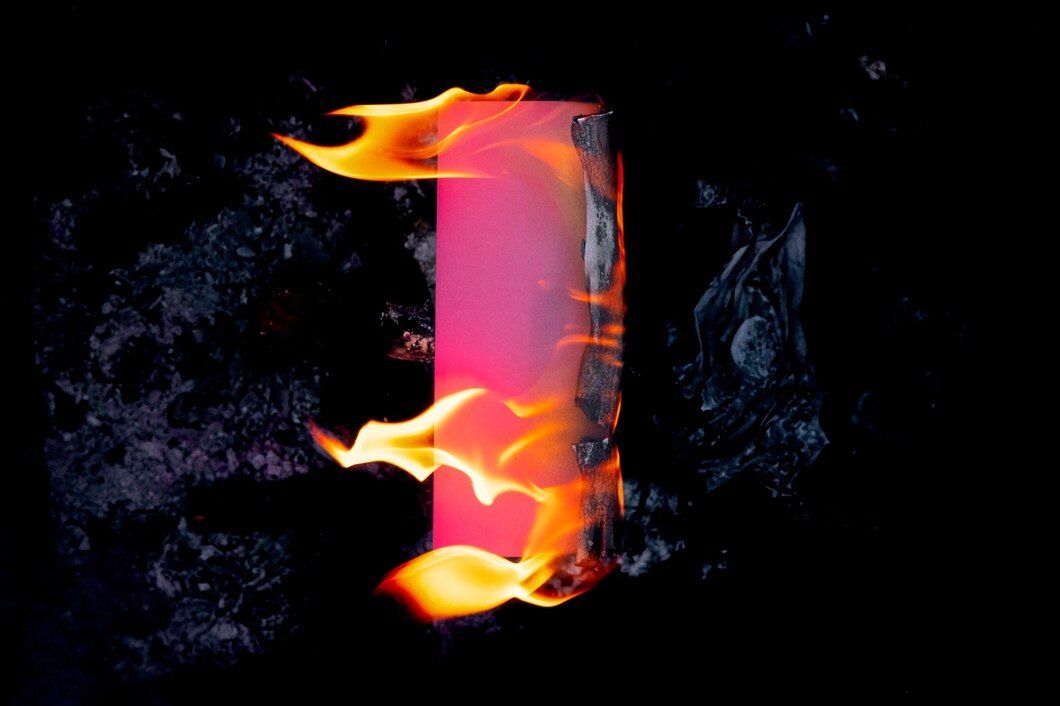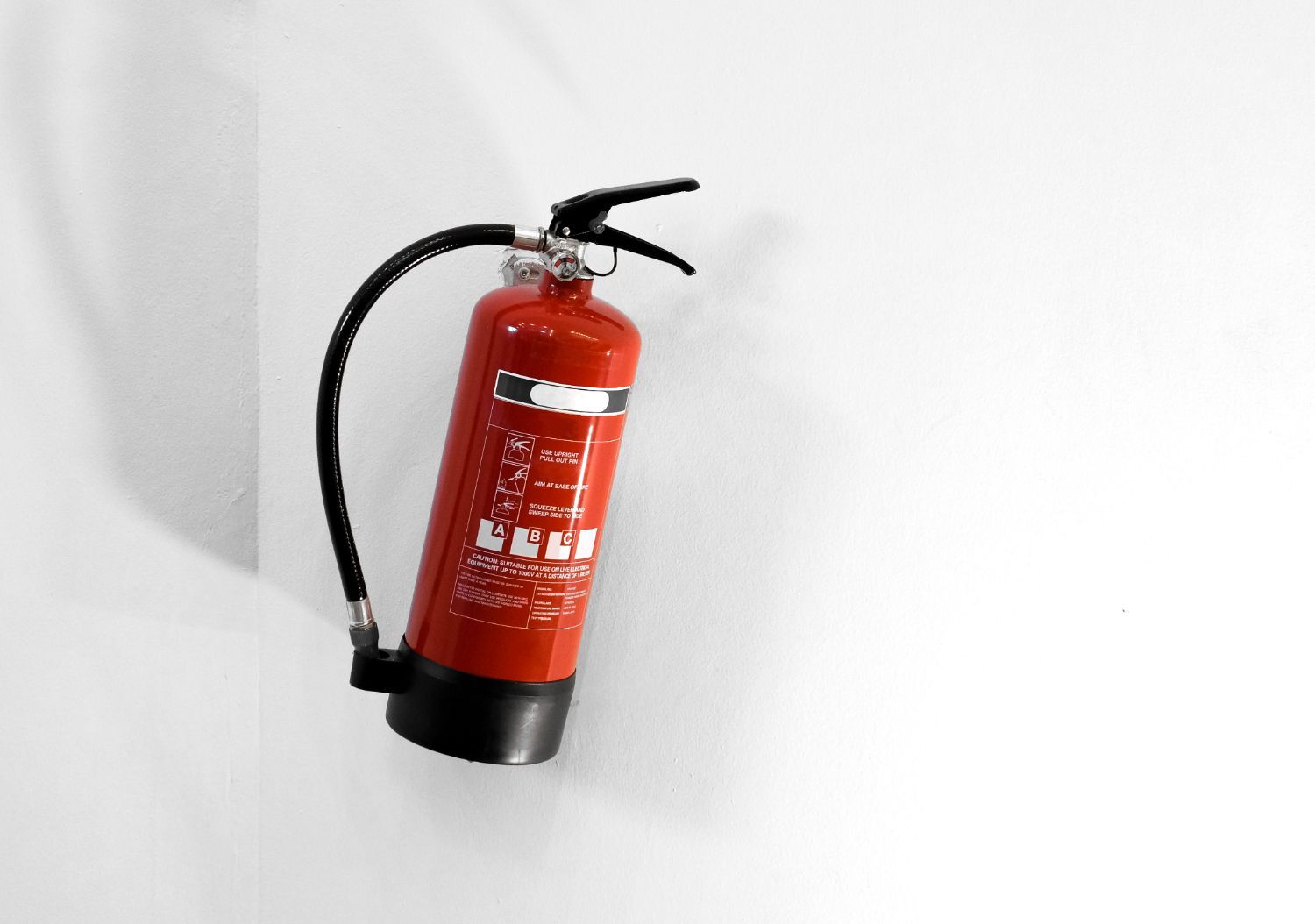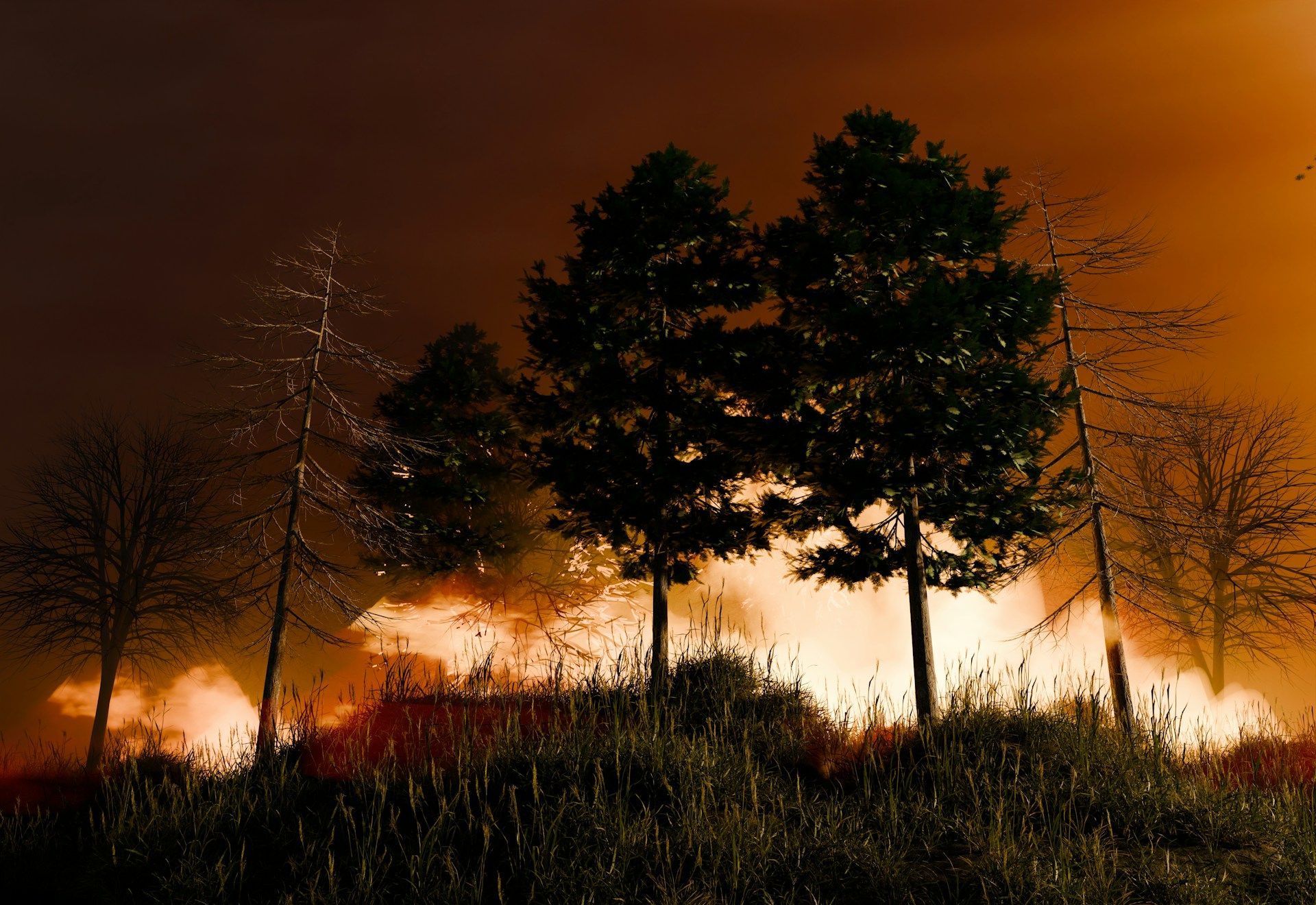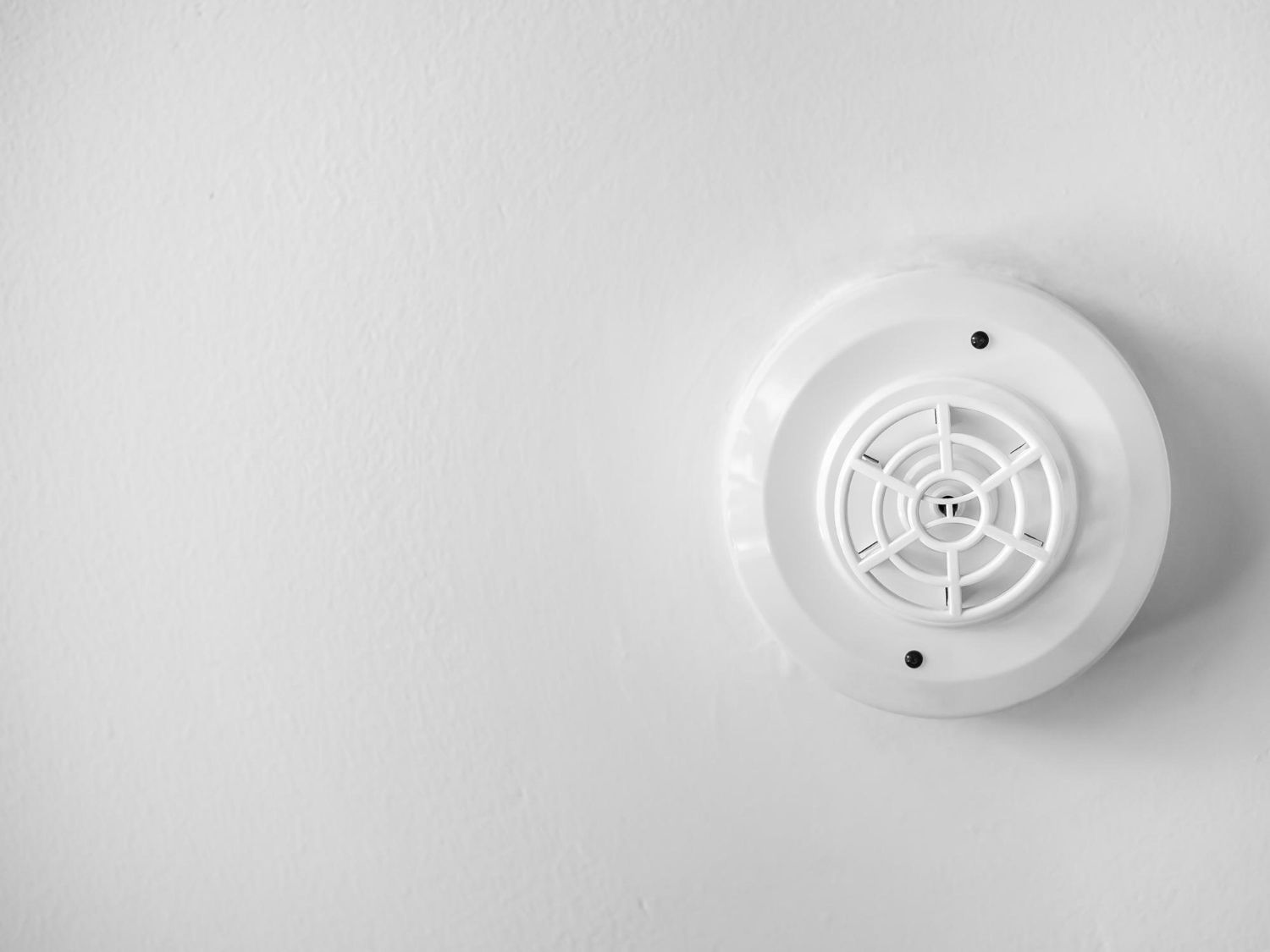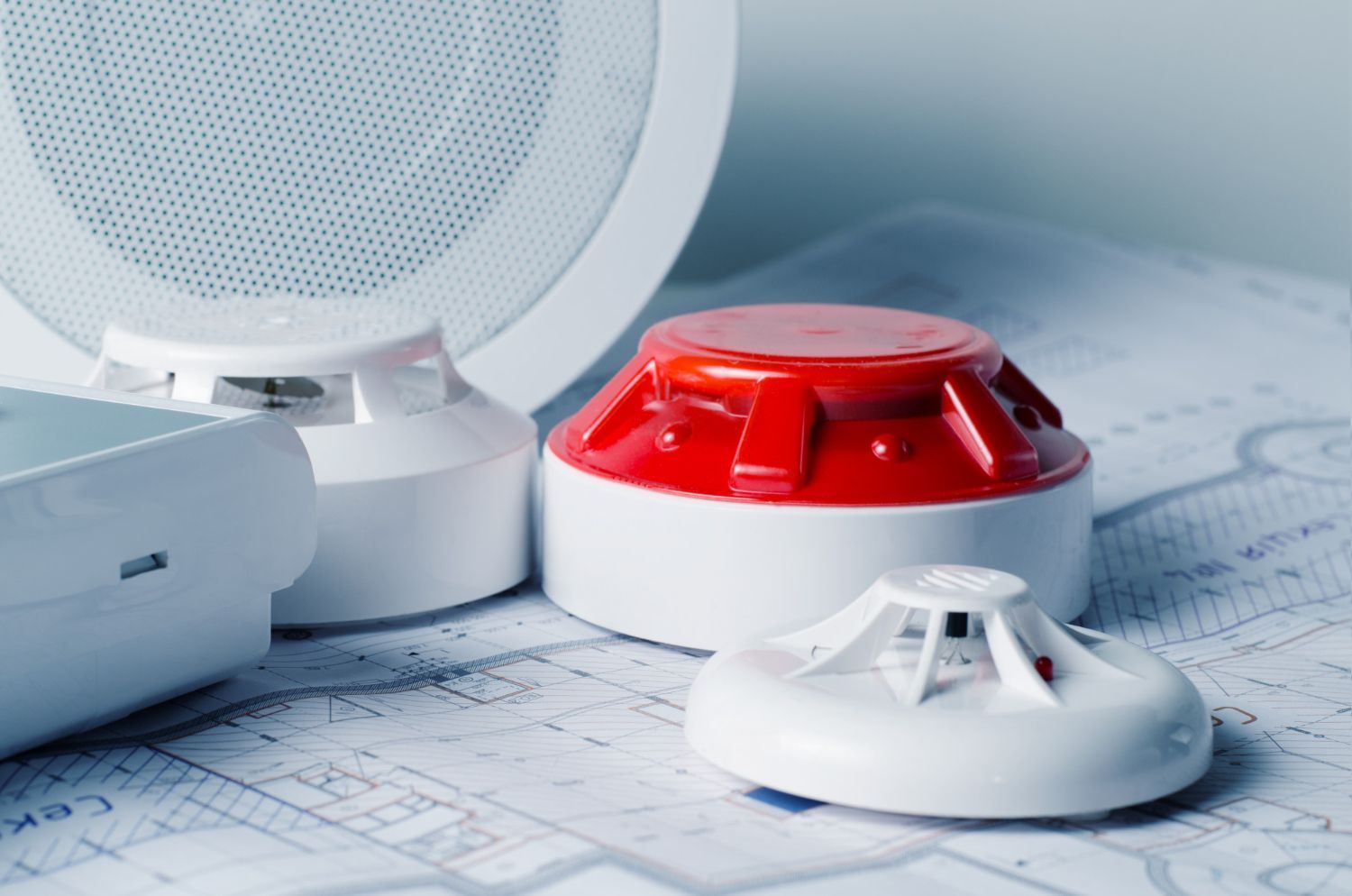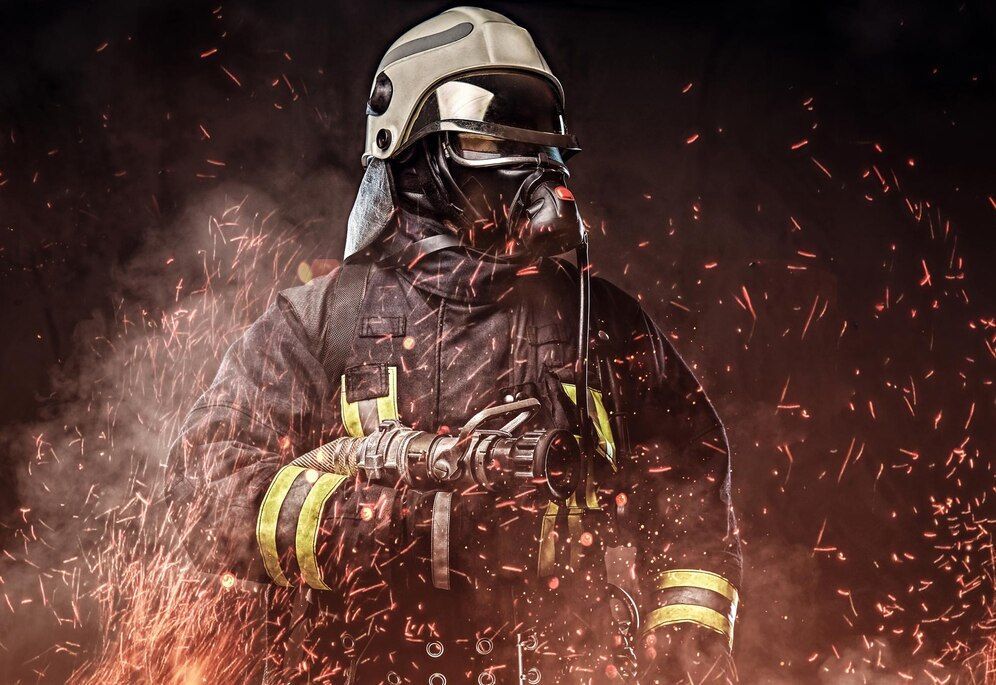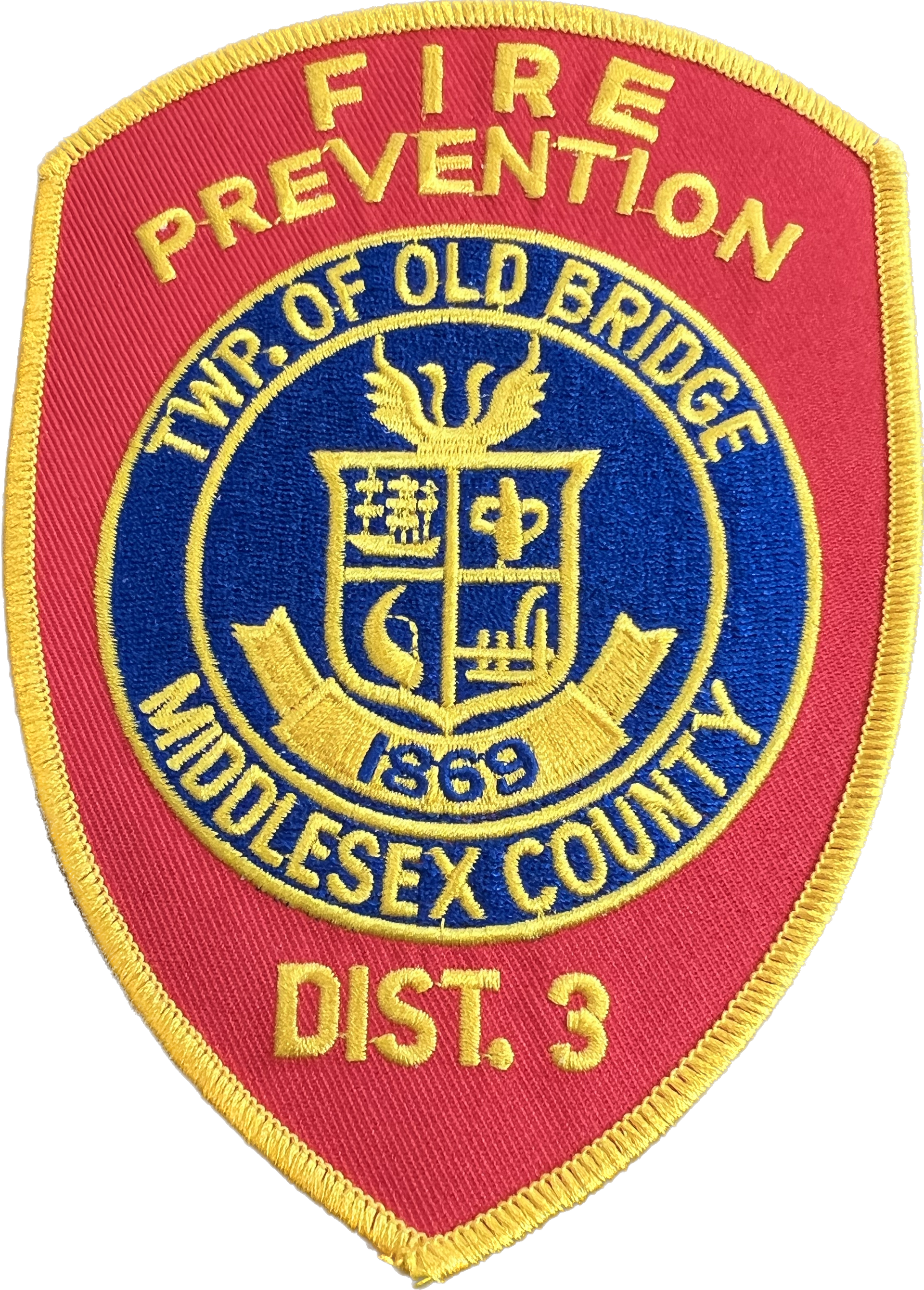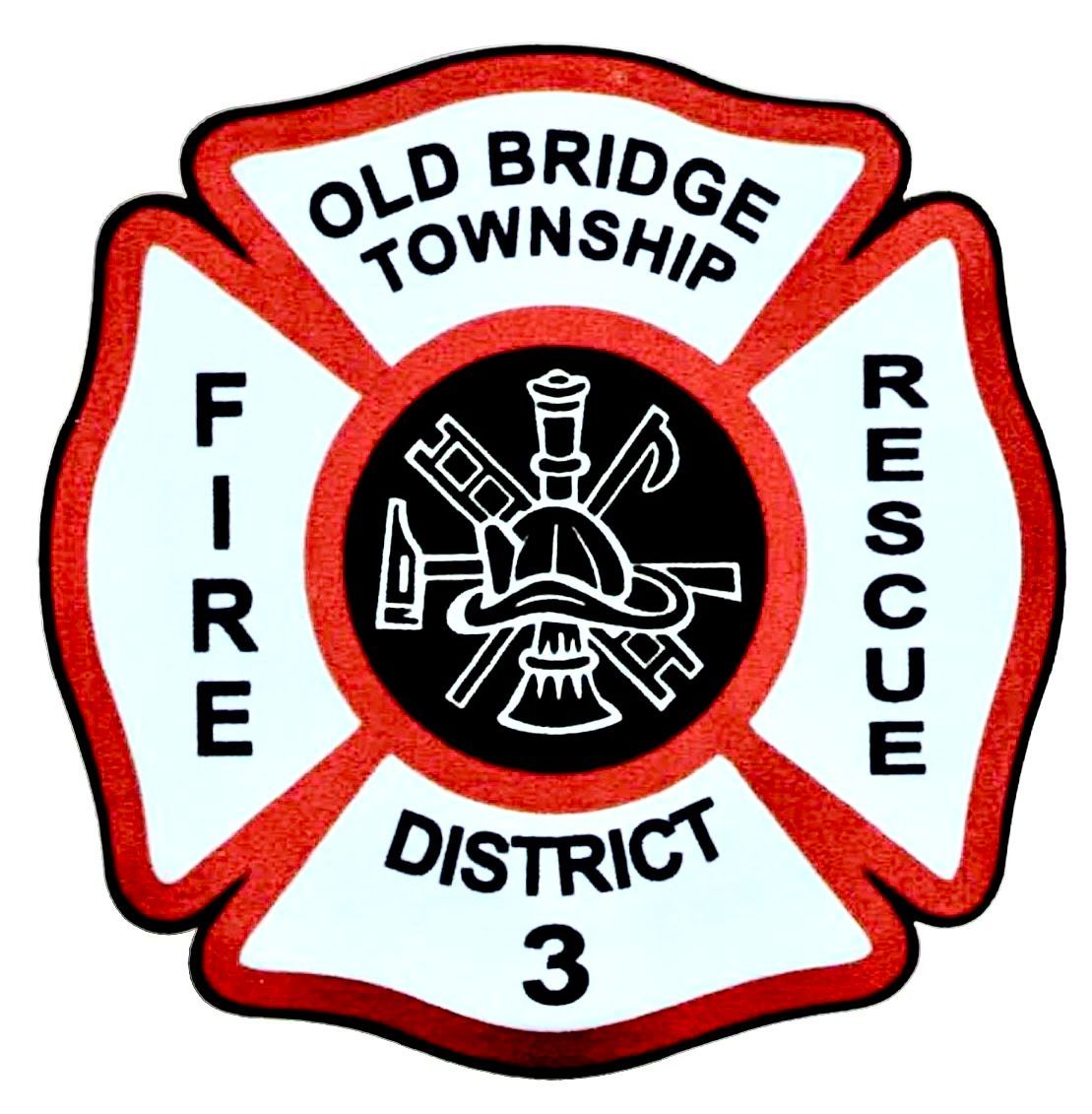Frequently Asked Questions About Fire Safety and Fire District 3's Services
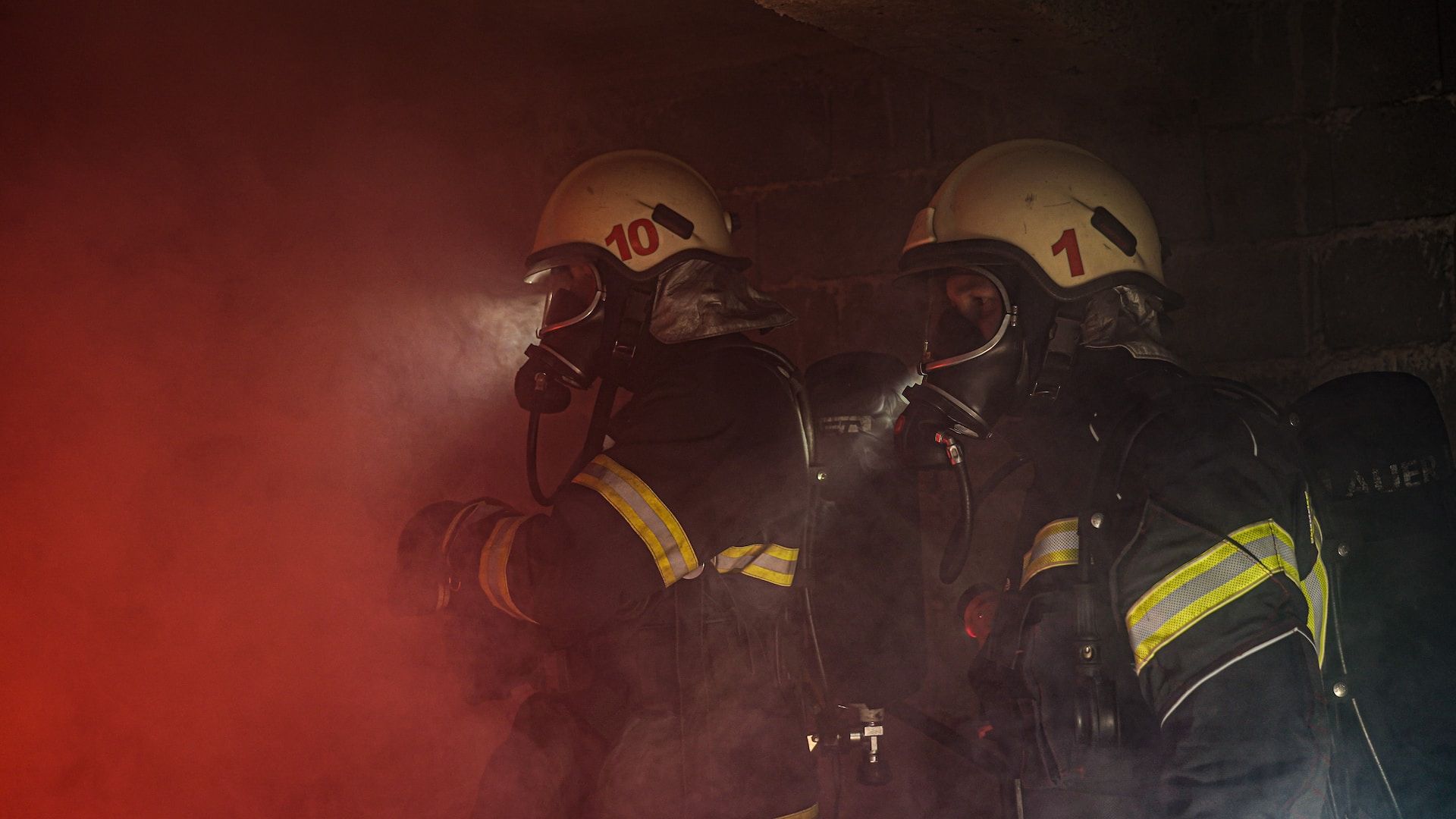
Fire safety is a significant concern for residents in Fire District 3, and understandably, questions about maintaining a safe living environment are prevalent. Developing a thorough understanding of fire safety best practices, resources, and local services is essential to ensure a protected community. To help you navigate the world of fire safety and learn more about the services offered by Fire District 3, we've compiled a list of frequently asked questions and their informative answers.
From utilizing fire extinguishers to understanding fire prevention strategies and the role of Fire District 3, this FAQ article aims to address and clear up any uncertainties you may have. Read on to acquaint yourself with vital fire safety knowledge that will benefit both you and your community and help make Fire District 3 a safe and welcoming environment for everyone.
What Are the Different Types of Fire Extinguishers and Their Uses?
Fires are categorized into five classes based on the materials involved, and each type of fire requires a specific type of fire extinguisher for effective suppression. Understanding the various kinds of fire extinguishers and their uses is crucial for proper fire response.
1. Class A Fires: Involve ordinary combustibles, such as wood, paper, or cloth. These fires can be put out using water or monoammonium phosphate-based extinguishers, commonly labeled as "A" or "ABC."
2. Class B Fires: Involve flammable liquids like gasoline, oil, or grease. These require extinguishers containing monoammonium phosphate and ammonium sulfate, referred to as "B" or "ABC."
3. Class C Fires: Involve electrical equipment, such as wiring or appliances. Use extinguishers labeled "C" or "ABC," which contain non-conductive monoammonium phosphate.
4. Class D Fires: Involve flammable metals, often found in industrial settings. These fires require specialized "D" labeled extinguishers with a powdered agent designed for metal fires.
5. Class K Fires: Involve cooking oils and fats. These fires require extinguishers labeled "K," which contain a wet chemical agent to put out the flames and cool the oil.
How Often Should Fire Extinguishers Be Inspected and Maintained?
Proper maintenance of fire extinguishers is crucial for their effectiveness during an emergency. The National Fire Protection Association (NFPA) provides guidelines on fire extinguisher inspection and maintenance:
1. Monthly Inspections: Extinguishers should be visually inspected monthly to ensure they are in the correct location, undamaged, and fully charged.
2. Annual Maintenance: A professional should perform a thorough examination of extinguishers, including checking for physical damage, corrosion, and ensuring mechanical parts are operational.
3. Six-Year Maintenance: Every six years, stored-pressure fire extinguishers should be emptied and subjected to a thorough examination. Internal components should be replaced if necessary, and the extinguisher should be recharged.
4. Hydrostatic Testing: Extinguishers should undergo hydrostatic testing every 5, 10, or 12 years, depending on the manufacturer's recommendation, to check their pressure and ensure no leaks or structural weaknesses are present.
What Are the Key Fire Prevention Strategies for Fire District 3 Residents?
Effective fire prevention strategies can minimize the risk of fires and ensure the safety of Fire District 3 residents. Some of the key fire prevention strategies include:
1. Smoke Alarms: Install smoke alarms on every level of your home and in all sleeping areas. Test them monthly and change the batteries annually.
2. Electrical Safety: Regularly inspect the wiring, cords, and plugs of your electrical appliances, and repair or replace damaged equipment. Avoid overloading outlets or electrical circuits.
3. Heating Safety: Have your heating system professionally inspected and maintained annually. Keep any flammable materials at least 3 feet away from space heaters, fireplaces, and furnaces.
4. Cooking Safety: Never leave cooking unattended, and keep flammable items away from your cooking area. Ensure you have a Class K fire extinguisher nearby in case of a kitchen fire.
5. Safe Storage and Disposal: Store flammable liquids, like gasoline and cleaning chemicals, in a well-ventilated area away from heat sources and electrical sparks. Dispose of oily rags and hazardous waste materials properly to prevent fires.
What Services Does Fire District 3 Offer to Promote Community Safety and Awareness?
Fire District 3 works tirelessly to ensure the safety and preparedness of its residents. Some of the services offered to promote community safety and awareness include:
1. Fire Prevention Programs: Fire District 3 provides educational programs and resources for schools, businesses, and the public to help raise awareness on fire prevention, safety practices, and emergency preparedness.
2. Fire Safety Inspections: Fire District 3 performs routine inspections of commercial properties, as well as pre-occupancy inspections for new buildings, to ensure compliance with fire safety codes.
3. Training for Volunteer Firefighters: Fire District 3 offers training for volunteer firefighters to enhance their skills and knowledge, enabling them to respond effectively during emergencies.
4. Emergency Medical Services: In addition to fire response, Fire District 3 provides emergency medical services (EMS) to attend to accidents, health emergencies, and other crises.
5. Public Information and Education: Fire District 3 actively communicates with the community, sharing information and updates regarding fire incidents, safety tips, and other essential news through social media, its website, and press releases.
Empowering Fire District 3 with Essential Fire Safety Knowledge
Knowledge is power, especially when it comes to fire safety. By familiarizing yourself with the different types of fire extinguishers, understanding maintenance procedures, practicing fire prevention strategies, and learning about the services offered by Fire District 3, residents can create a safer, more informed community. A proactive approach to fire safety not only helps protect homes and property but instills peace of mind for yourself and your neighbors.
To further your involvement in fire safety and preparedness, consider participating in the educational resources and programs available in Fire District 3. Visit Board of Fire Commissioners, Fire District 3, Township of Old Bridge for more information on upcoming events, programs, and other opportunities to enhance your fire safety knowledge and contribute to a safer community. Together, we can make Fire District 3 a model for
fire safety and preparedness.
